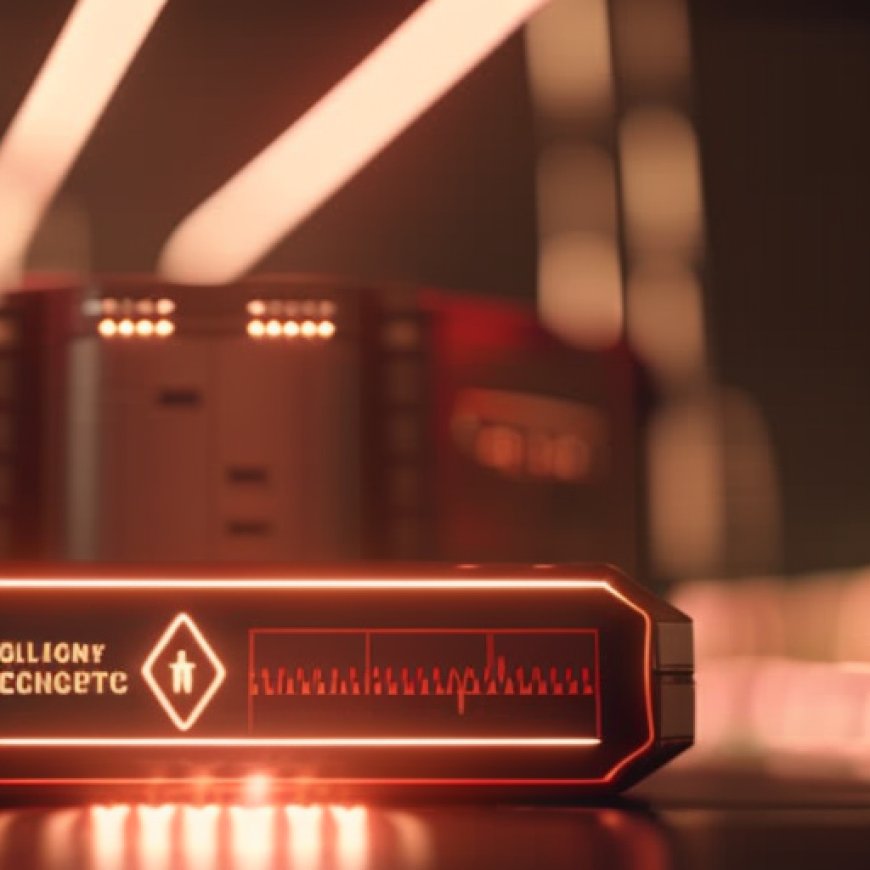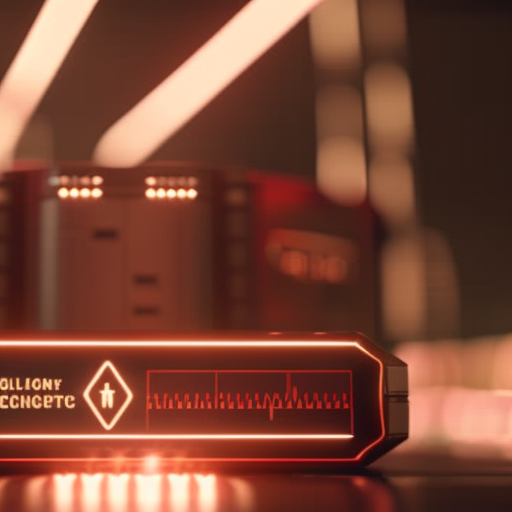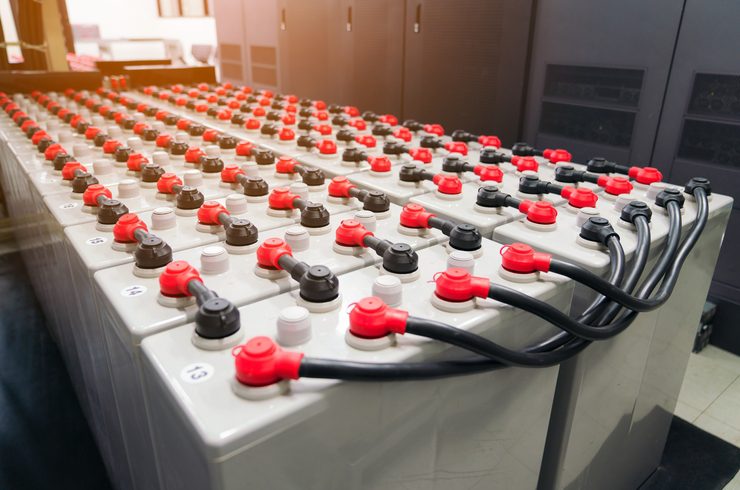The Evolution of Battery Technology and the Path Toward Cleaner Energy
The Evolution of Battery Technology and the Path Toward Cleaner Energy POWER magazine


Battery Technology and the Sustainable Development Goals (SDGs)

Battery technology powers many aspects of our modern world. It’s an invention that’s ubiquitous, yet often overlooked. In the 1970s, the need for alternative energy sources emerged following the peak of American oil production, and lithium-ion batteries revolutionized energy consumption. Although most commercial applications still use them today, the battery industry, including those in government and academia, is constantly evolving battery research. Today, many researchers are exploring alternative materials for energy dense batteries that are safer, more cost-efficient, and sustainable.
According to a recent McKinsey & Company report, the global demand for batteries is increasing, with projected yearly growth of 25% by 2030. Scientists in battery research and development (R&D) are utilizing advanced technologies to answer today’s challenging questions and forge tomorrow’s path toward cleaner energy solutions. From materials characterization to quality control, next-generation tools, such as electron microscopes, are creating the opportunity for a better foundational understanding to enhance all aspects of clean energy research. In addition to the tools aiding innovation, collaboration across sectors is crucial for the advancement and adoption of cleaner and safer energy solutions.
A Platform for Collaboration
The battery industry is multifaceted, yet often siloed, with experts in government, academia, manufacturing, and private sectors each holding pieces of the puzzle. Today, government initiatives focused on alternative energy solutions empower academic researchers to excel in fundamental applications and discover novel solutions for clean energy batteries—a challenge that has long plagued the entire industry. These initiatives also provide incentives for the battery industry to focus on immediate problem-solving, optimize processes for scaling up, and promote sustainable manufacturing practices. There are also new grant programs, such as the U.S. Department of Energy’s Battery Manufacturing and Recycling Grants Program, that are fostering innovation and supporting the battery supply chain.
To truly advance battery R&D, experts agree that cross-functional collaboration for a collective approach to battery development is the key. Forums that bring together talent from across the battery field are important tactics to ensure cross talk. In September 2023, Thermo Fisher Scientific hosted its first ever Clean Energy Forum alongside renowned Professor Y. Shirley Meng, PhD, from the University of Chicago, in La Jolla, California, creating a congregation of scientists, engineers, and students from top research institutions and leading industry firms, including Nobel Prize Laureate Professor Stanley Whittingham. With discussions focused on the future of clean energy, the collective offered insights on new materials, technological solutions, and applications to propel battery R&D and manufacturing.
New Materials and the Tools for Discovery
With an abundance of talent across the battery field, there is no shortage of innovation when it comes to finding the next lithium-ion battery. Many scientists are looking at more common and affordable materials, like sodium, to improve battery technology. Sodium-based batteries could offer a cleaner and safer alternative to lithium-based batteries by eliminating the use of toxic lead and lessening the environmental impact of use and production. R&D teams are also exploring other chemistries that hold potential, such as solid-state electrolytes batteries and lithium iron phosphate (LFP) batteries, but there are still technical challenges that need to be overcome before they can be mass-produced and widely adopted.
For discovery, scientists require powerful analytical tools for battery characterization, such as electron microscopy, spectroscopy, inductively coupled plasma mass spectrometry (ICP), Fourier transform infrared (FTIR), Raman, x-ray fluorescence (XRF), and chromatography, that help them access atomic-level insights to better understand the composition and interactions happening inside battery cells.
The Total Package for Sustainability
While a focus of sustainable solutions centers around base materials, it is important to note that clean energy batteries will require a wholly green movement—from improvements in manufacturing to recycling. Labs can leverage the same portfolio of cutting-edge analytical technologies for battery cell processing and refining the recycling process to eliminate waste, improve yields, and support battery afterlife recovery. With an emphasis on recycling during battery design, the industry can foster symbiotic relationships across the spectrum of innovation and production for a holistically more sustainable industry.
Powering a Healthier, Cleaner, and Safer Future
Scientists are advancing clean energy technology through a variety of different avenues from nuclear to hydrogen, but as batteries become the primary energy source in a wide variety of applications, there is an urgent need for these batteries to perform higher and last longer. From electric vehicles to industrial equipment, those in battery R&D are exploring advanced technologies to create batteries that are more energy dense, safer, and environmentally friendly.
For scalable, affordable, and sustainable solutions, collaboration among key groups from government to industry is both necessary and welcome. Future battery solutions, and our society at large, depend on alternative materials and new battery technologies that will power a healthier, cleaner, and safer world.
—Dan Shine is senior vice president and president, Analytical Instruments at Thermo Fisher Scientific.
SDGs, Targets, and Indicators
| SDGs | Targets | Indicators |
|---|---|---|
| SDG 7: Affordable and Clean Energy | 7.2: Increase substantially the share of renewable energy in the global energy mix | No specific indicators mentioned in the article |
| SDG 9: Industry, Innovation, and Infrastructure | 9.4: Upgrade infrastructure and retrofit industries to make them sustainable, with increased resource-use efficiency and greater adoption of clean and environmentally sound technologies and industrial processes | No specific indicators mentioned in the article |
| SDG 12: Responsible Consumption and Production | 12.2: By 2030, achieve the sustainable management and efficient use of natural resources | No specific indicators mentioned in the article |
| SDG 13: Climate Action | 13.2: Integrate climate change measures into national policies, strategies, and planning | No specific indicators mentioned in the article |
| SDG 17: Partnerships for the Goals | 17.6: Enhance North-South, South-South, and triangular regional and international cooperation on and access to science, technology, and innovation and enhance knowledge sharing on mutually agreed terms, including through improved coordination among existing mechanisms | No specific indicators mentioned in the article |
1. Which SDGs are addressed or connected to the issues highlighted in the article?
- SDG 7: Affordable and Clean Energy
- SDG 9: Industry, Innovation, and Infrastructure
- SDG 12: Responsible Consumption and Production
- SDG 13: Climate Action
- SDG 17: Partnerships for the Goals
The article discusses the need for alternative energy sources, advancements in battery technology for clean energy solutions, collaboration across sectors, sustainable manufacturing practices, and the importance of partnerships for battery research and development. These issues are connected to the Sustainable Development Goals mentioned above.
2. What specific targets under those SDGs can be identified based on the article’s content?
- Target 7.2: Increase substantially the share of renewable energy in the global energy mix
- Target 9.4: Upgrade infrastructure and retrofit industries to make them sustainable, with increased resource-use efficiency and greater adoption of clean and environmentally sound technologies and industrial processes
- Target 12.2: By 2030, achieve the sustainable management and efficient use of natural resources
- Target 13.2: Integrate climate change measures into national policies, strategies, and planning
- Target 17.6: Enhance North-South, South-South, and triangular regional and international cooperation on and access to science, technology, and innovation and enhance knowledge sharing on mutually agreed terms, including through improved coordination among existing mechanisms
The article emphasizes the need for increasing the share of renewable energy, upgrading infrastructure and industries to be sustainable, achieving sustainable management of natural resources, integrating climate change measures into policies, and enhancing cooperation and knowledge sharing in the field of battery research and development.
3. Are there any indicators mentioned or implied in the article that can be used to measure progress towards the identified targets?
No specific indicators are mentioned or implied in the article that can be used to measure progress towards the identified targets. The article provides a general overview of the issues and the importance of collaboration, innovation, and sustainability in battery research and development.
4. SDGs, Targets, and Indicators
| SDGs | Targets | Indicators |
|---|---|---|
| SDG 7: Affordable and Clean Energy | 7.2: Increase substantially the share of renewable energy in the global energy mix | No specific indicators mentioned in the article |
| SDG 9: Industry, Innovation, and Infrastructure | 9.4: Upgrade infrastructure and retrofit industries to make them sustainable, with increased resource-use efficiency and greater adoption of clean and environmentally sound technologies and industrial processes | No specific indicators mentioned in the article |
| SDG 12: Responsible Consumption and Production | 12.2: By 2030, achieve the sustainable management and efficient use of natural resources | No specific indicators mentioned in the article |
| SDG 13: Climate Action | 13.2: Integrate climate change measures into national policies, strategies, and planning | No specific indicators mentioned in the article |
| SDG 17: Partnerships for the Goals | 17.6: Enhance North-South, South-South, and triangular regional and international cooperation on and access to science, technology, and innovation and enhance knowledge sharing on mutually agreed terms, including through improved coordination among existing mechanisms | No specific indicators mentioned in the article |
Behold! This splendid article springs forth from the wellspring of knowledge, shaped by a wondrous proprietary AI technology that delved into a vast ocean of data, illuminating the path towards the Sustainable Development Goals. Remember that all rights are reserved by SDG Investors LLC, empowering us to champion progress together.
Source: powermag.com

Join us, as fellow seekers of change, on a transformative journey at https://sdgtalks.ai/welcome, where you can become a member and actively contribute to shaping a brighter future.







